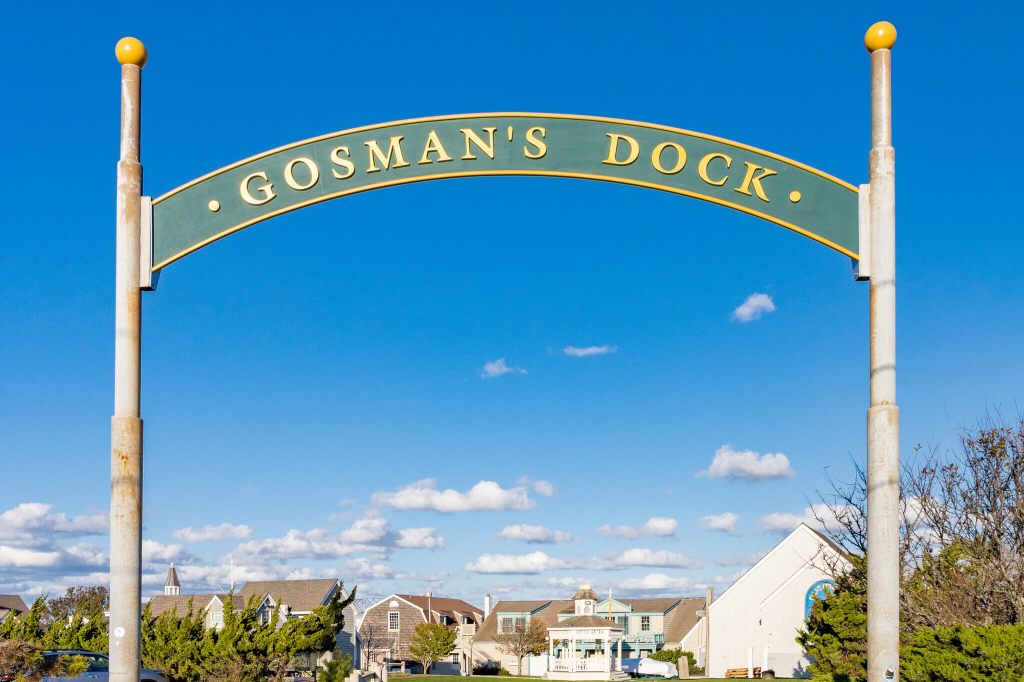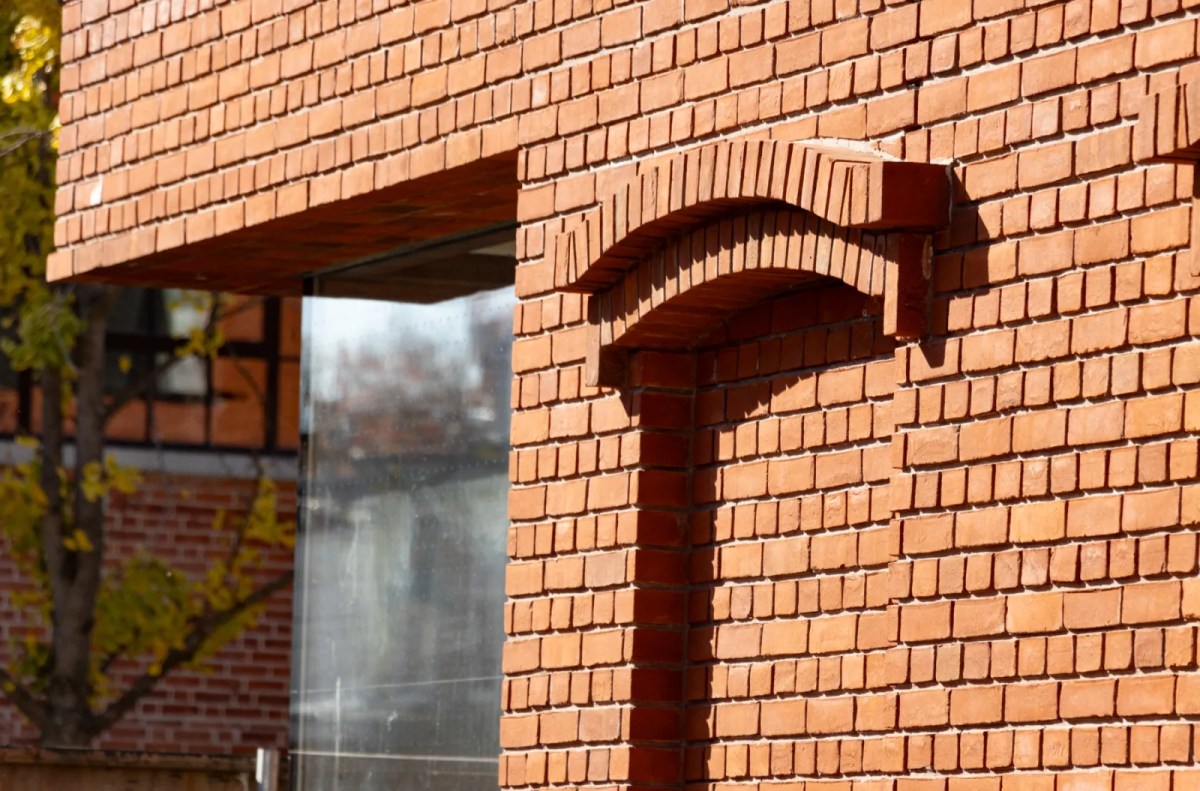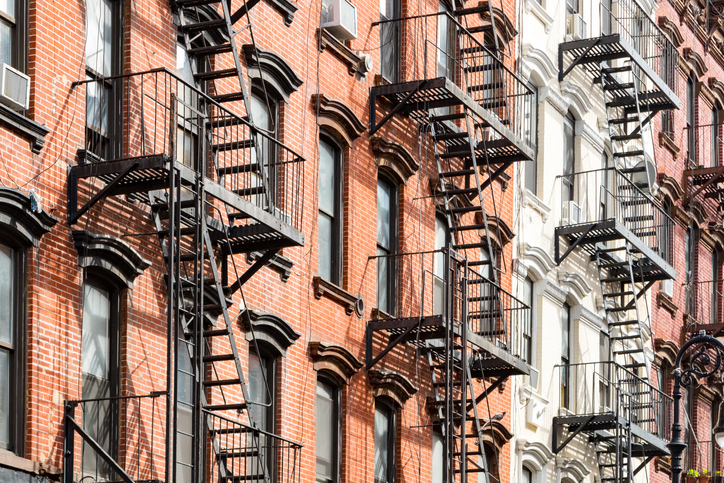
Three megaprojects planned in the Two Bridges area of Manhattan have raised the ire of housing advocates in the neighborhood, who contend the Department of City Planning has flouted its own review rules in ushering them along.
In 2016, former City Planning Director Carl Weisbrod decided the three projects — a 660-apartment residence, a 1,350-unit, two-tower complex and a 765-unit building — would go through one environmental review so that their impacts could be collectively assessed.
But beyond addressing any major negative impacts, Weisbrod said the projects did not require further city review.
Advocates who have long claimed this process does not abide by standard protocols gathered outside the Department of City Planning’s headquarters in Lower Manhattan on Tuesday and called on the department to more rigorously review the residences planned for the Lower East Side waterfront between the Manhattan and Brooklyn bridges.
Speakers said they worried an influx of wealthier residents could overwhelm and price out those living in the area’s many affordable housing developments.
“The Department of City Planning is trying to push these projects through a process that circumvents the law and democratic procedure,” said Jessie Ngok, a land use organizer with the Good Old Lower East Side group. “We’re calling for DCP to follow the law.”
Paula Segal, an attorney representing the Good Old Lower East Side and other community groups, sent a memo to new City Planning Director Marisa Lago contending that her predecessor was wrong.
Segal said the projects fall within a so-called large-scale residential development area, designed to allow large, affordable housing developments by imposing building size, design and other rules on a swath of land, rather than on individual pieces of property.
Segal said new developments in these areas can only be approved two ways, and neither calls for simply conducting a meticulous environmental review.
The city can study the proposals under a specific large-scale residential development area framework and, if vetted, the Planning Commission can hold a public hearing and vote to authorize them. Or, Segal said, projects can secure a special permit by going through a more rigorous public review process that includes a City Council vote.
The Department of City Planning disagreed with Segal’s legal argument. A spokesperson claimed the department was taking extra care in examining concerns from the Two Bridges community, and that public hearings would be held as part of the environmental review.
“We are ensuring a coordinated review by the project applicants that looks at the cumulative effects of these three developments at the same time — an extraordinary but important measure that is not ordinarily required,” the spokesperson said. “This coordinated review will help produce the best possible outcome for this neighborhood.”
The developers planning to build in Two Bridges all declined to comment or did not respond to requests for comment.
































